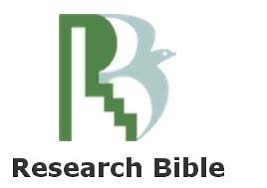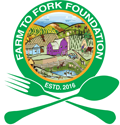Bio-priming with Trichoderma viride and Pseudomonas fluorescens Improves Crop Performance in Nepalese Rice Landraces
DOI:
https://doi.org/10.5455/faa.229869Keywords:
Biopriming, Landraces, Trichoderma, Pseudomonas, Rice, YieldAbstract
This study evaluated agronomic responses of indigenous rice landraces to seedling-mediated microbial biopriming in an inner-Terai agroecosystem of western Nepal. A triply replicated experiment in split-plot design comprised four main plots of microorganism treatments – pre-transplant root-dipping of seedlings with individual and combined inoculums of Trichoderma viride Pers. ex S.F. Gray and Pseudomonas flouresens Migula and unprimed control, and three subplots of rice landraces - Anadi, Simtharo and Tilki. Simtharo bioprimed with the duel microbial culture exhibited the highest grain yield. Anadi and Tilki showed greater response to sole T. viride biopriming with 39% and 111% increase in seed yields, respectively, compared to their corresponding controls. The sole biopriming with P. fluorescens did not produce a clear effect on the growth and yield of any rice landraces. Simtharo, Anadi and Tilki with increasing maturity days, had mean grain yield of 2.68 t ha-1, 2.14 t ha-1, and Tilki 0.77 t ha-1, respectively. Later maturity was linked to higher grain sterility with a strong negative correlation with grain yield (r = - 0.93, p < 0.01). Further studies should integrate the use of rice landraces of similar maturity class for comparative studies, and utilization of locally isolated microbial strains under organic direct seeding or system of rice intensification (SRI) in the cropping systems approach.
Downloads
Downloads
Published
How to Cite
Issue
Section
License
Copyright (c) 2025 By the Author(s)

This work is licensed under a Creative Commons Attribution-NonCommercial 4.0 International License.





















